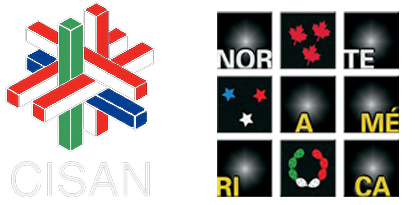Abstract
This article reviews the shifting practices of control along the border New York–Vermont bor-der in the United States and Quebec in Canada during and since the election of the Trump admin-istration in the United States. The authors argue that this period saw an increase in detention, deportation and securitization on both sides of the border, despite the differences in the politi-cal orientations of the Canadian and U.S. governments. Drawing on recent developments in border theory, the article explores the ways in which the northern U.S. border has become increasingly politicized and securitized. The Trump administration’s anti-migrant policies led to a rapid increase in the numbers of asylum seekers crossing the Canada-U.S. border into Quebec in an irregular fashion at Roxham Road in northern New York state. The intense political re-sponse to this situation in Canada and especially Quebec eventually resulted in the renegotia-tion of the Safe Third Country Agreement between the two countries. In the same period, in the northern United States, there was an increase in surveillance and targeting of migrants through the enforcement of international checkpoints 100 miles south of the territorial border. The arti-cle demonstrates how both states attempted to contain the movements of “undesirables,” thus restricting the mobility of certain individuals.

This work is licensed under a Creative Commons Attribution-NonCommercial-NoDerivatives 4.0 International License.



